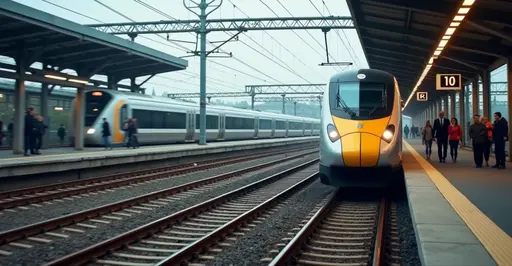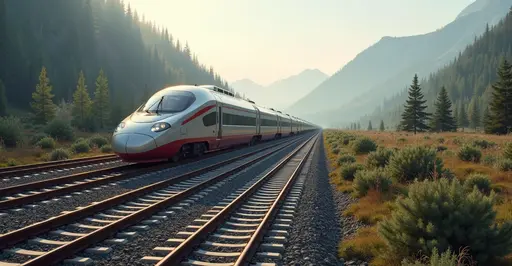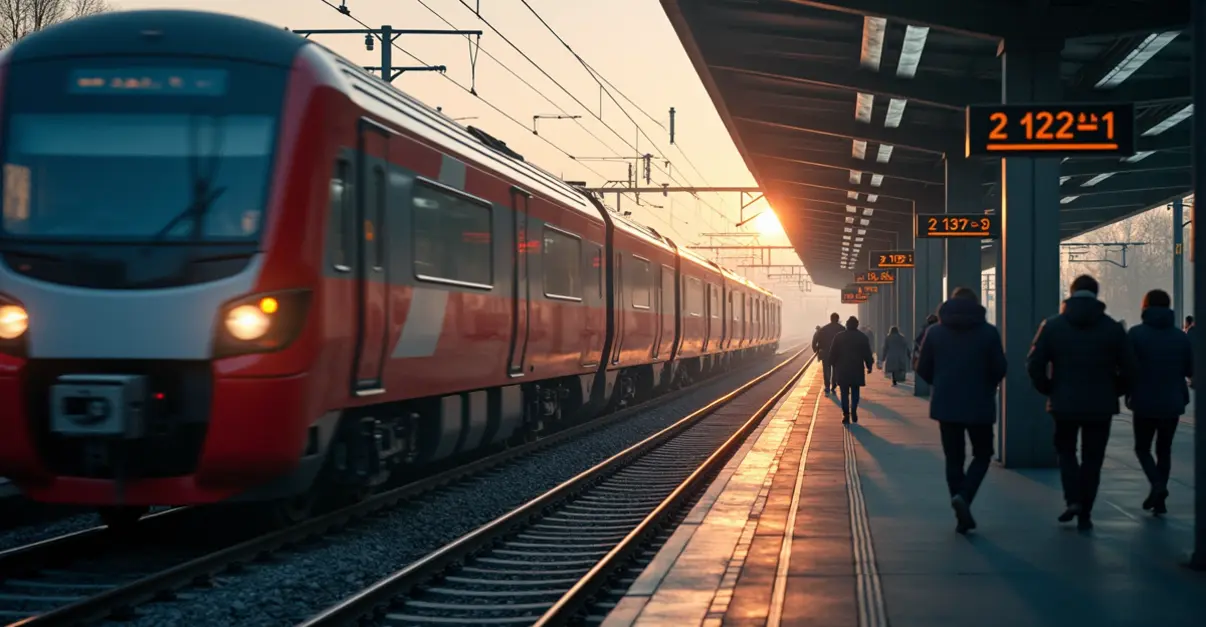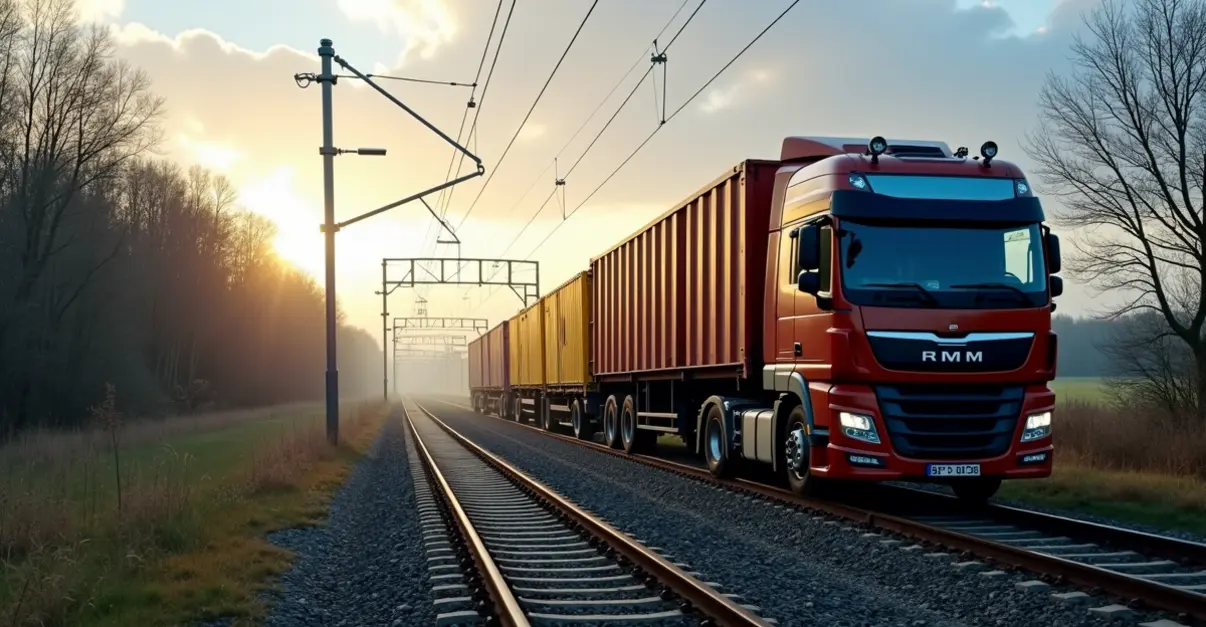2025 sees unprecedented expansion of cross-border rail links connecting continents, from Europe's high-speed network to new Asia-Europe corridors bypassing Russia, Latin American integration projects, and massive transcontinental railways in South America.
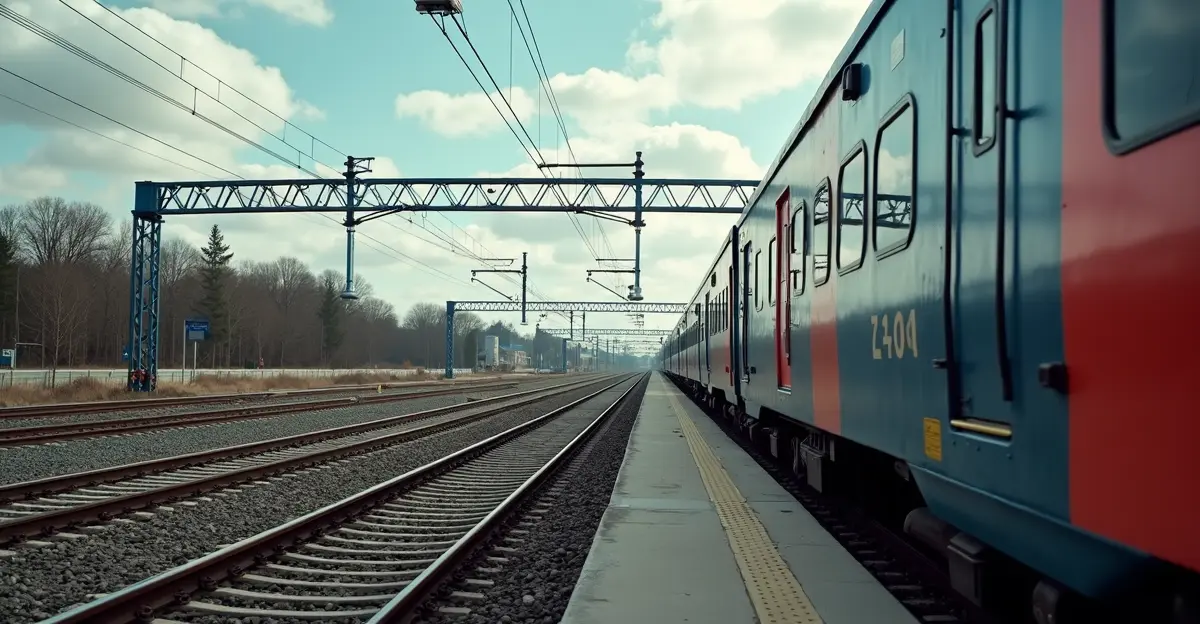
Global Rail Renaissance: Connecting Continents Through New Routes
In a remarkable development for international transportation, 2025 is witnessing unprecedented expansion of cross-border rail links that are literally connecting continents. From Europe's sophisticated high-speed networks to ambitious transcontinental projects in South America and Asia, railway infrastructure is experiencing a global renaissance that promises to reshape international trade and travel patterns.
Europe's Cross-Border Network Expands
Europe continues to lead in cross-border rail connectivity with its extensive high-speed network connecting multiple countries. As of 2025, countries including France, Spain, Italy, Germany, Austria, Belgium, the Netherlands, and the United Kingdom are interconnected through high-speed railway systems. Spain operates the largest high-speed rail network in Europe with 3,973 km of track, while the European Union continues to prioritize developing a Trans-European high-speed rail network with substantial EU funding.
'The integration of European rail systems represents one of the most successful transportation collaborations in modern history,' says Maria Rodriguez, a transportation analyst at the European Rail Agency. 'We're seeing journey times between major cities cut by up to 50% compared to just a decade ago.'
Asia-Europe Corridor Bypasses Traditional Routes
One of the most significant developments comes from Central Asia, where Kazakhstan and China have launched a new railway service connecting China to Europe that strategically bypasses Russia. Developed in partnership with China's China Railway Container Transport (CRCT), this route transports goods through Turkmenistan, Kazakhstan, Iran, and Türkiye before reaching European destinations like Lodz, Poland.
The first container train, carrying television components, departed from Chengdu, China, and represents a major shift in Eurasian logistics. 'This new transportation corridor ensures uninterrupted cargo delivery and enhanced connectivity between participating countries,' explains transport economist Dr. Ahmed Hassan. 'With estimated travel times of 52 to 60 days, it provides a reliable alternative that avoids geopolitical complications.'
Latin American Integration Through Rail
In the Americas, Mexico, Guatemala, and Belize have taken significant steps toward regional integration by agreeing to create a working group to study cross-border rail connections. The discussions focus on extending two Mexican rail routes: the Interoceanic Railroad and the Maya Train route.
The Interoceanic Railroad, a 188-mile line across the Isthmus of Tehuantepec opened in December 2023, would be extended southeast from Ixtepec to the border town of Ciudad Hidalgo and then into Guatemala. Meanwhile, the Maya Train route would extend about 4.3 miles into Belize and then another 120 miles into Guatemala.
'This project represents a development solution that carefully avoids nature reserves in the area,' stated Guatemalan President Bernardo Arévalo during the announcement. 'We're promoting trinational negotiations and feasibility studies to ensure sustainable implementation.'
Massive South American Transcontinental Project
Perhaps the most ambitious project currently under consideration is the Brazil-China transcontinental railway. Brazil and China have signed a memorandum of understanding to conduct a feasibility study for a massive 2,800-mile railway connecting Brazil's Atlantic coast with Peru's Pacific port of Chancay.
The proposed $70+ billion project would represent one of South America's most expensive infrastructure initiatives, potentially shortening shipping times to Asian markets by up to 12 days compared to current Panama Canal routes. The railway would stretch from Ilhéus, Bahia in northeastern Brazil through the Amazon rainforest and Andes Mountains into Peru.
'This isn't just about moving goods—it's about transforming economic geography,' notes infrastructure specialist Carlos Mendez. 'The feasibility study, projected to take up to five years, will examine technical, environmental and economic implications of this corridor through ecologically sensitive regions.'
Global Investment and Economic Impact
The scale of global rail investment is staggering. According to recent reports, there's a massive $6 trillion pipeline of railway construction projects currently being tracked worldwide. North-East Asia dominates the global market with the largest share at 38.1%, representing $2.3 trillion in project value.
The World Bank's rail investment strategy focuses on transforming logistics through an integrated approach combining infrastructure financing, policy reform, and technical assistance across over 20 countries. Success stories include India's Eastern Dedicated Freight Corridor, where 1,200 km of new tracks built from 2011-2024 quadrupled freight train capacity and reduced logistics costs by $58 million.
'Rail investment delivers multiple benefits—economic growth, job creation, and climate action through sustainable logistics systems,' says World Bank transport director Sarah Johnson. 'We're seeing emissions reductions of 55,000 tons of CO2 equivalent in projects like India's freight corridor.'
The Future of Continental Connectivity
As these projects advance, they're creating new economic corridors and reshaping global supply chains. The combination of public investment, private sector participation, and international cooperation is driving what many experts are calling the 'rail renaissance.'
From luxury tourist routes like Italy's La Dolce Vita Orient Express to critical freight corridors connecting manufacturing hubs with consumer markets, cross-border rail links are proving their value in an increasingly interconnected world. With environmental concerns driving modal shift from road and air transport to more sustainable rail options, these continental connections represent not just economic opportunity but also a commitment to greener transportation futures.
As one industry insider noted: 'We're building the arteries of global commerce for the 21st century, and rail is proving to be the sustainable heart of that system.'

 Nederlands
Nederlands
 English
English
 Deutsch
Deutsch
 Français
Français
 Español
Español
 Português
Português




